Tipping a fishing guide is a crucial aspect of ensuring quality service and showing appreciation for their expertise, effort, and dedication to enhancing your fishing experience.
Why Tipping is Important in the Fishing Industry
Tipping is a cornerstone of the fishing industry, reflecting appreciation for guides’ expertise, effort, and dedication. Guides often rely on tips as a significant part of their income, making it vital for their livelihood. A tip acknowledges their hard work, such as preparing equipment, navigating, and ensuring a memorable experience. It also incentivizes guides to go above and beyond, enhancing the quality of your trip. While tipping is voluntary, it’s a standard practice that demonstrates respect for their professionalism and the value they bring to your fishing adventure.
Setting Expectations for a Guided Fishing Trip
Setting clear expectations before your guided fishing trip ensures a positive experience for both you and your guide. Communicate your goals, such as the type of fish you want to catch or the level of instruction needed. Discuss equipment conditions, trip duration, and safety protocols to align understanding. Guides appreciate knowing your preferences, as it helps them tailor the experience. Additionally, understanding their compensation structure can guide your tipping decisions. Open communication fosters a collaborative environment, enhancing the overall quality of your adventure and ensuring mutual satisfaction.
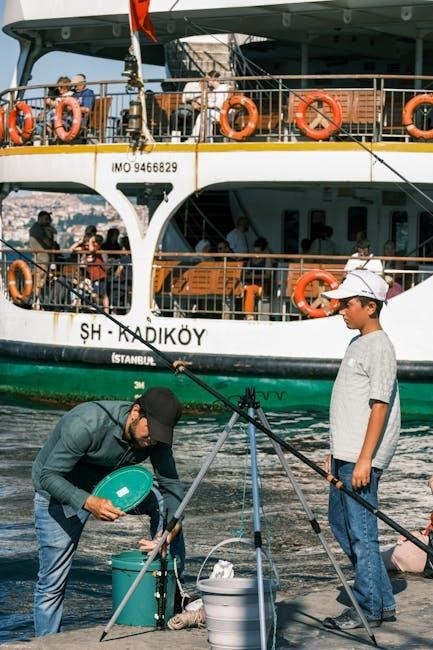
Regional Differences in Tipping Etiquette
Tipping practices vary significantly across regions, influenced by cultural norms and local standards. Understanding these differences ensures appropriate gratuity for fishing guides worldwide.
Tipping Norms in North America
In North America, tipping fishing guides is deeply rooted in culture, with most anglers tipping between 10% to 20% of the trip’s total cost. This reflects appreciation for the guide’s expertise, effort, and the overall quality of the experience. Factors such as the guide’s knowledge, equipment condition, and trip success often influence the tip amount. Cash is the preferred method, as it directly benefits the guide. Tipping customs are consistent across the U.S. and Canada, ensuring fairness and gratitude for the services provided during the fishing excursion.
European and Asian Fishing Guide Tipping Customs
Tipping customs for fishing guides vary significantly in Europe and Asia. In Europe, tipping is generally less customary but appreciated, with amounts ranging from 5% to 15% of the trip cost, depending on the country. In Scandinavian countries, for example, tipping is less common, while in the UK, it is more expected. In Asia, tipping practices differ widely; in Japan, tipping is not customary and may even be considered impolite, while in other regions, such as India, tipping is more common and appreciated. The guide’s expertise and overall satisfaction often influence the tip amount in these regions.
Latin American and Caribbean Tipping Practices
Tipping practices for fishing guides in Latin America and the Caribbean vary but generally reflect local customs and tourism norms. In Mexico and Costa Rica, tipping is expected and typically ranges from 10% to 20% of the trip cost, depending on service quality. In the Caribbean, especially in destinations like the Bahamas, tipping is customary and often around 15% to 20%, influenced by the region’s reliance on tourism. Generosity is appreciated, as guides often rely on tips to supplement their income. Cultural expectations and the guide’s performance play a significant role in determining the tip amount in these regions.
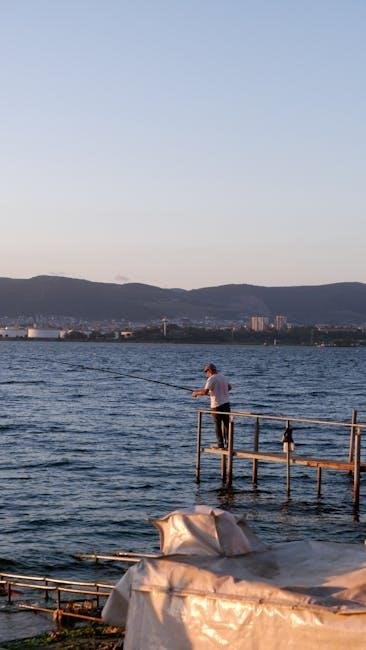
Factors Influencing the Tip Amount
Tip amounts are influenced by guide expertise, equipment quality, trip duration, and overall satisfaction, ensuring fair compensation for the guide’s effort and service quality.
The Role of Guide Expertise and Knowledge
A fishing guide’s expertise significantly impacts the tipping decision. Guides with extensive knowledge of fishing spots, techniques, and local conditions often provide a more successful and enjoyable experience. Their ability to adapt to changing weather and water conditions, as well as their skill in handling various fishing gear, demonstrates professionalism. A guide who goes above and beyond to ensure a memorable trip, such as sharing insights or teaching new methods, deserves a higher tip. Their dedication to enhancing your fishing experience justifies a generous gratuity, reflecting their contribution to your overall satisfaction and success on the water.
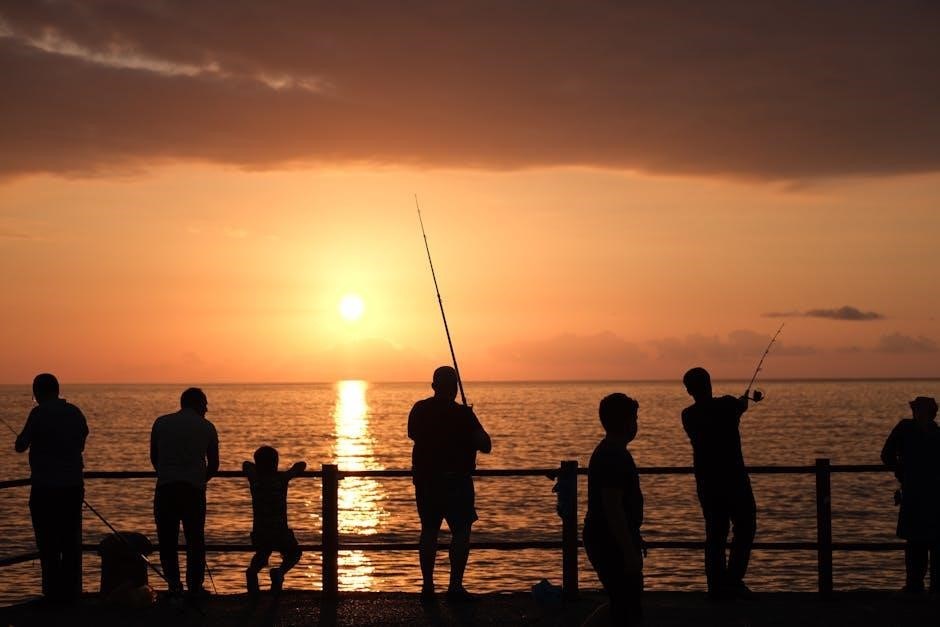
Quality of Equipment and Boat Maintenance
The condition and quality of the fishing gear and boat significantly influence the tipping decision. Guides who provide well-maintained, high-quality equipment demonstrate professionalism and a commitment to client success. A clean, functional boat ensures safety and comfort, enhancing the overall experience. Properly maintained gear, such as rods, reels, and lures, directly impacts fishing success. A guide who invests in quality equipment and maintains their boat meticulously deserves a higher tip, as it reflects their dedication to providing an excellent and enjoyable trip.
Length and Type of Fishing Trip
The duration and type of fishing trip play a significant role in determining the tip amount. Longer trips, such as full-day excursions, often require more effort and resources from the guide, justifying a higher tip. Similarly, specialized trips like deep-sea or trophy fishing may demand additional expertise, influencing gratuity. The guide’s ability to adapt to the trip’s specific demands, whether it’s targeting specific species or handling challenging conditions, should also be considered. These factors highlight the importance of tailoring the tip to the unique aspects of the fishing experience provided.
Overall Satisfaction with the Experience
Overall satisfaction heavily influences the tip amount for a fishing guide. A positive experience, marked by the guide’s professionalism, knowledge, and ability to tailor the trip to your needs, warrants a generous tip. If the guide ensured safety, provided expert advice, and contributed to an enjoyable day on the water, it reflects in the gratuity. Satisfaction also considers how well the guide adapted to challenges, such as weather conditions or varying skill levels. A tip that aligns with your overall happiness ensures the guide feels appreciated for their efforts in creating a memorable experience.
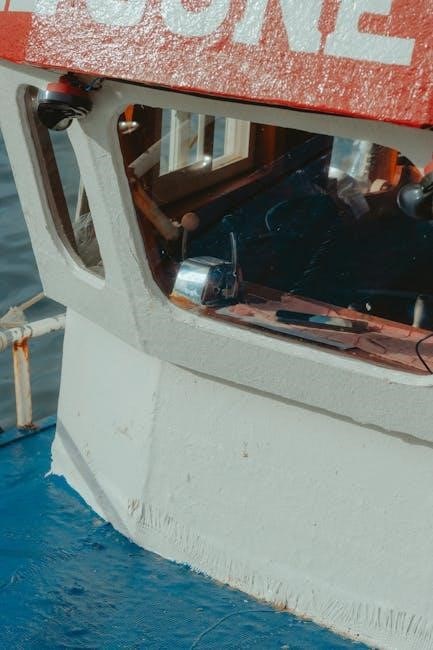
Determining the Appropriate Tip
Determining the right tip involves considering the guide’s expertise, trip quality, and overall satisfaction. Standard percentages or fixed amounts based on the trip’s cost are common benchmarks.
Standard Percentage Guidelines for Tips
Tipping a fishing guide typically ranges between 10% to 20% of the total trip cost, depending on the quality of service and overall experience. For example, on a $500 trip, a $50 to $100 tip is standard. Some anglers prefer a flat rate, such as $100 per person for a full-day trip, while others adjust based on the guide’s expertise and effort. Factors like equipment quality, knowledge of fishing spots, and willingness to adapt to your needs can influence the percentage. A higher tip reflects exceptional service, while a lower tip may indicate average performance. Always consider your satisfaction level when deciding.
Calculating Tips Based on Trip Cost
Calculating tips based on the total cost of the fishing trip is a common practice. For a half-day trip costing $300, a 15% tip ($45) is standard, while a full-day trip costing $600 might warrant a $90 tip. Some anglers prefer a flat rate, such as $100 per person, regardless of the trip length. Others adjust the tip based on the guide’s performance, equipment quality, and overall experience. For multi-day trips, tipping daily or combining into a single amount is acceptable. Always consider the guide’s effort and your satisfaction when determining the final amount to ensure fairness and appreciation for their service.
Minimum Recommended Tip Amounts
The minimum tip for a fishing guide is generally 10-20% of the trip cost. For a half-day trip costing $300, a $50-$60 tip is considered standard. Full-day trips (around $600) typically warrant $100-$120. Some anglers prefer to tip a flat rate, such as $100 per person, regardless of trip length. For group trips, tips can be pooled and divided equally among participants. These amounts serve as a baseline, but adjustments can be made based on the guide’s performance, equipment quality, and overall satisfaction. Tipping more for exceptional service is always appreciated and reflects the value of the experience provided.
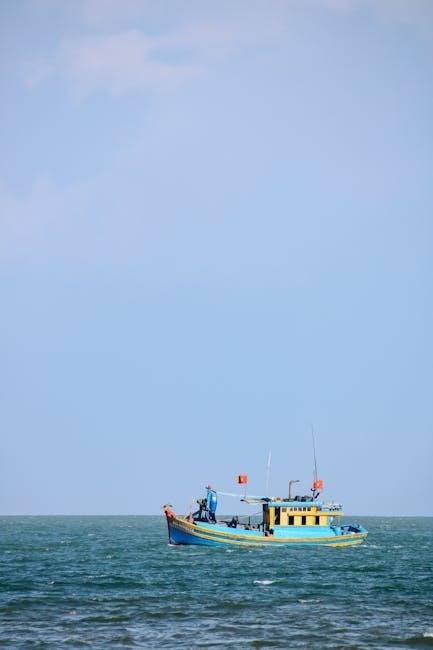
Tipping Etiquette and Best Practices
Tipping a fishing guide demonstrates appreciation for their service and expertise. Always tip discreetly, preferably in cash, and ensure the amount reflects your satisfaction with the experience.
When to Give the Tip: Timing and Discretion
The ideal time to tip a fishing guide is at the end of the trip, allowing you to reflect on the overall experience. Handing the tip directly to the guide ensures they receive it, showing appreciation for their effort. Discretion is key; avoid public displays that might embarrass the guide. If tipping with a credit card, inform them in advance to process it properly. Timing and presentation demonstrate respect and gratitude for their hard work and dedication to making your fishing experience memorable.
How to Present the Tip: Cash vs. Other Methods
Cash remains the preferred method for tipping fishing guides, as it ensures the guide receives the full amount immediately. While credit cards or digital payments are becoming more accepted, informing the guide in advance is courteous. Cash tips are often split among the crew, so handing it directly to the captain or guide ensures fair distribution. For clarity and convenience, cash is generally the best option, though checking with the guide about payment preferences is always a good practice; Presenting the tip discreetly and with a thank you shows respect and appreciation for their service.
Tipping for Group Trips vs. Individual Trips
When tipping for group fishing trips, the standard practice is to split the tip evenly among participants, based on the total cost of the trip. For individual trips, the tip is typically calculated per person, ensuring the guide is fairly compensated for their personalized service. Group trips often involve shared expenses, so discussing the tip amount with fellow anglers beforehand ensures fairness. For individual trips, the tip reflects the quality of the one-on-one experience. Regardless of the trip type, the tip should align with the guide’s performance and the overall satisfaction of the fishing experience.
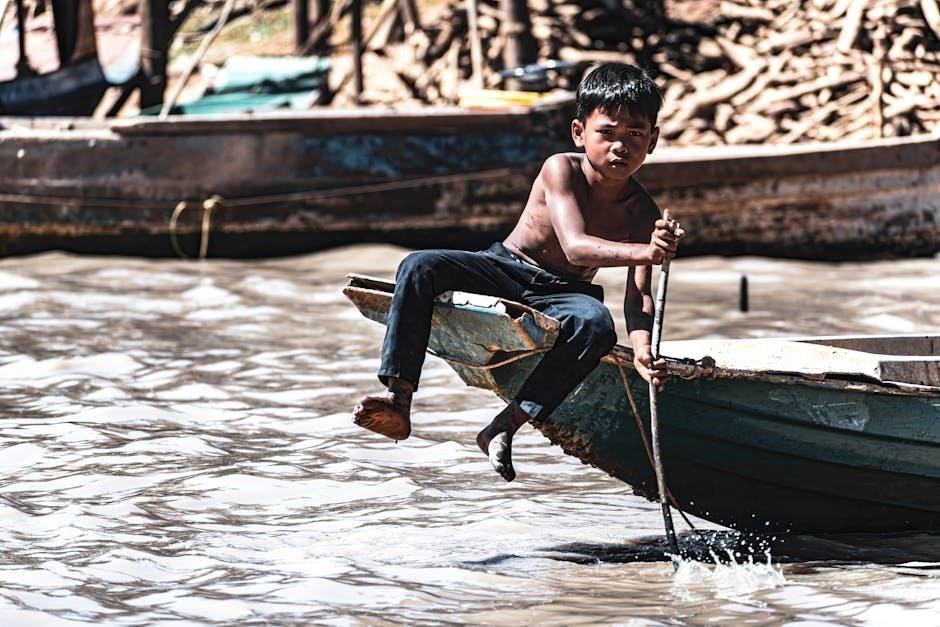
Special Cases and Considerations
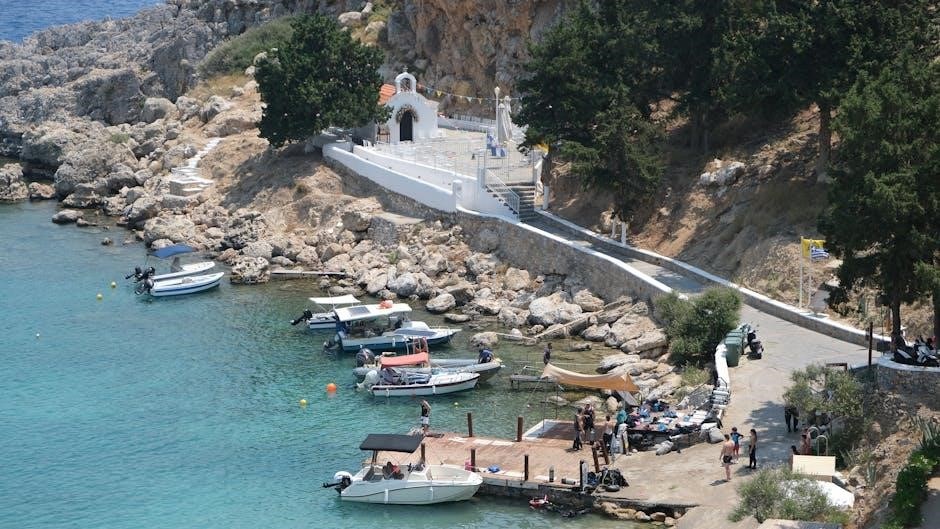
Special cases, such as exceptional service or unsatisfactory experiences, require adjusted tipping amounts, ensuring fairness based on the guide’s performance and overall trip satisfaction.
Tipping for Exceptional Service
When a fishing guide exceeds expectations, demonstrating exceptional skill, patience, and dedication, a higher tip is warranted. For outstanding service, consider tipping 20-25% of the total trip cost or more if circumstances, such as landing a trophy catch or navigating challenging conditions, justify it. Acknowledging their efforts with a generous gratuity reflects appreciation for their hard work and commitment to ensuring an unforgettable experience. Additionally, offering a heartfelt thank-you note or recommending the guide to others can complement your financial gesture, showing genuine gratitude for their exceptional service and dedication to your fishing adventure.
What to Do if the Trip Was Unsatisfactory
If your fishing trip was unsatisfactory, it’s important to address the issue thoughtfully. Consider discussing your concerns with the guide directly to understand their perspective and assess whether adjustments could improve the experience. While tipping is customary, you may choose to reduce the amount based on your satisfaction level. However, avoid withholding tips entirely unless the service was exceptionally poor. Providing honest feedback can help guides improve, but do so respectfully. Remember, tipping reflects the quality of service received, so adjust accordingly while maintaining professionalism and courtesy.
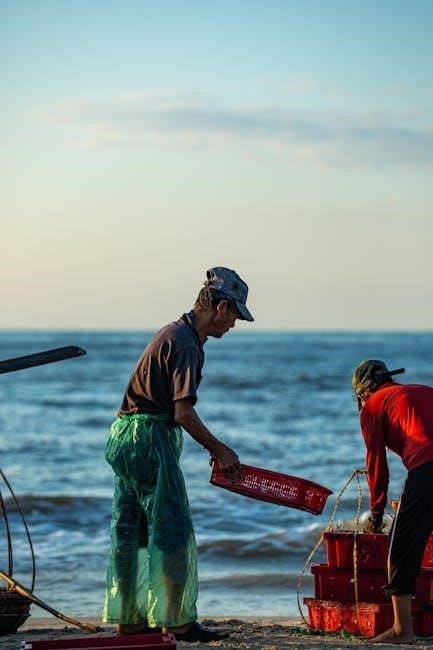
Budgeting for Tips in Advance
Plan your budget by allocating 10-20% of the trip cost for tips, ensuring you account for gratuity alongside licenses, gear, and other expenses before your fishing adventure.
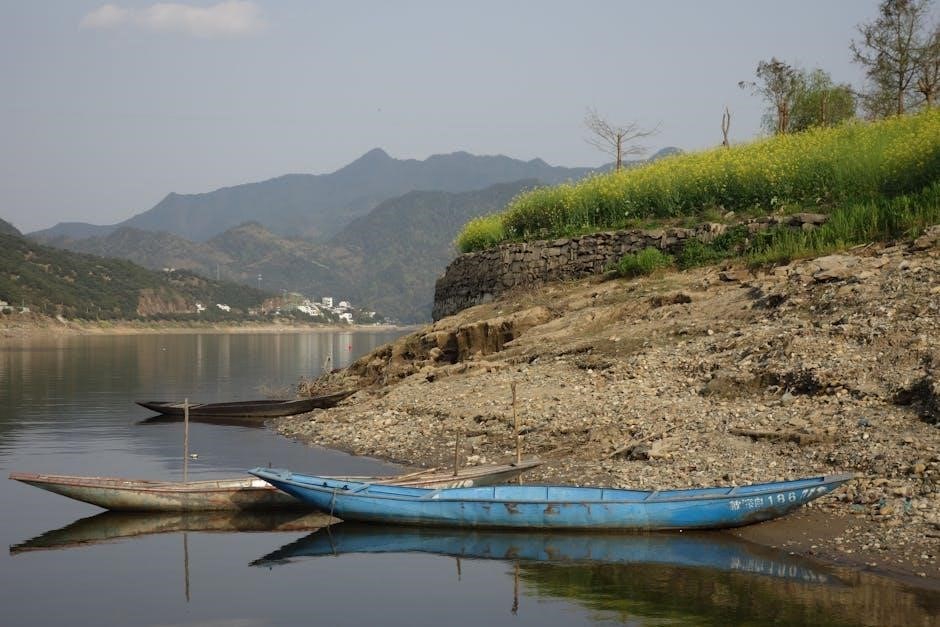
Planning Your Fishing Trip Budget
Planning your fishing trip budget requires careful consideration of all expenses, including licenses, gear, and gratuities. Allocate 10-20% of the total trip cost for tips, as this reflects the guide’s expertise and effort. Consider the duration, location, and type of fishing to estimate costs accurately. Research the average prices for trips in your chosen area and factor in additional expenses like equipment rentals or meals. By budgeting ahead, you ensure a stress-free experience and can fully enjoy the adventure while showing appreciation for your guide’s hard work and dedication to making your trip memorable.
Understanding the Total Cost of the Trip
Understanding the total cost of a fishing trip involves considering all expenses beyond the initial booking fee. This includes licenses, gear rentals, fuel surcharges, and potential additional fees for meals or accommodations. Some guides may charge extra for specialized equipment or bait, while others include these in the base price. It’s essential to clarify these details upfront to avoid surprises. Transparent communication with your guide ensures you budget accurately and avoid hidden costs. By understanding the full financial commitment, you can plan responsibly and enjoy your fishing experience without unexpected expenses.
Tipping a fishing guide is a thoughtful gesture that expresses gratitude for their expertise and effort, ensuring a memorable and rewarding fishing experience for future anglers.
Final Thoughts on Tipping a Fishing Guide
Tipping a fishing guide is a meaningful way to express gratitude for their dedication, expertise, and effort in creating a memorable experience. While there’s no strict rule, standard tips range from 15% to 20% of the trip cost, reflecting satisfaction with the guide’s performance. Consider factors like their knowledge, equipment quality, and overall experience when determining the amount. Cash is the preferred method, and for group trips, it’s courteous to pool contributions. Remember, a fair tip not only acknowledges their hard work but also supports their livelihood. Your generosity ensures they continue to provide exceptional service for future anglers.
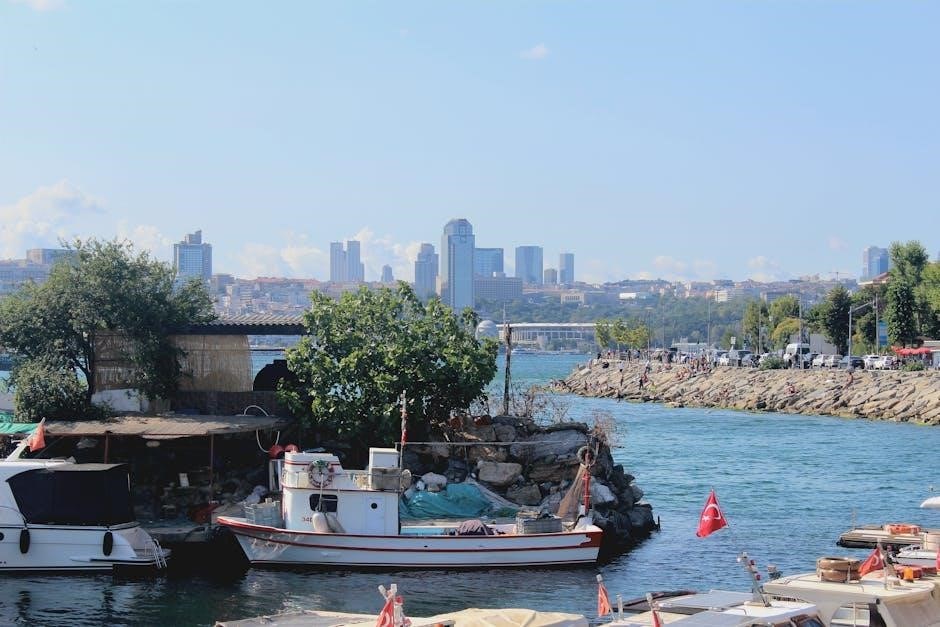
No Responses